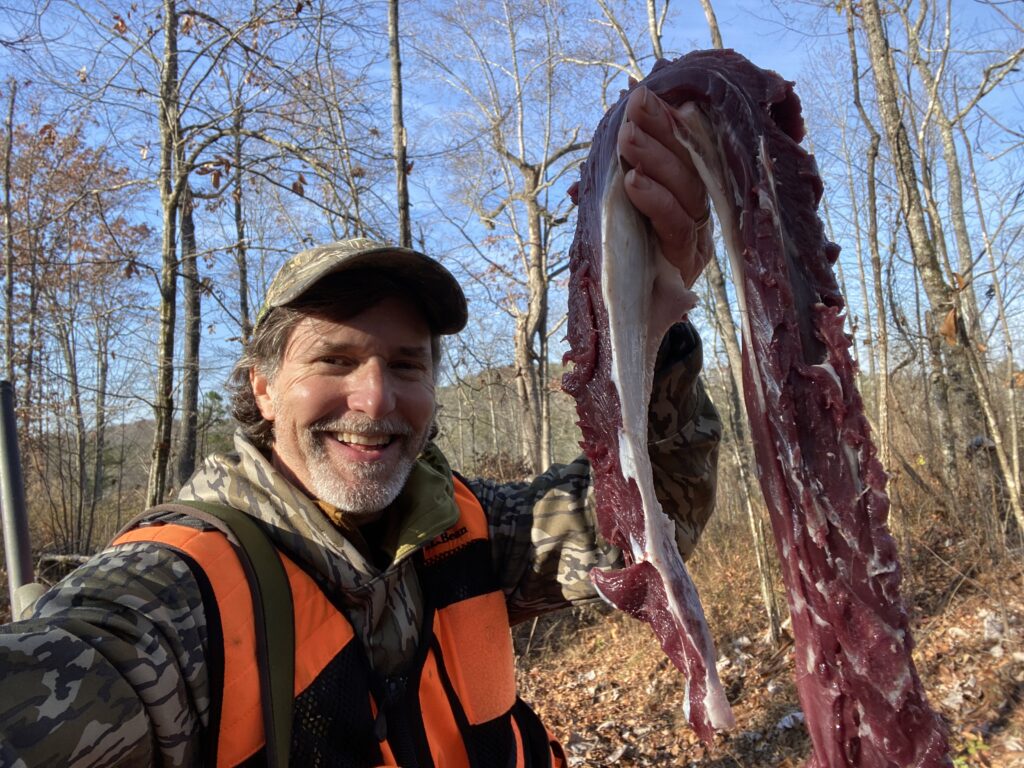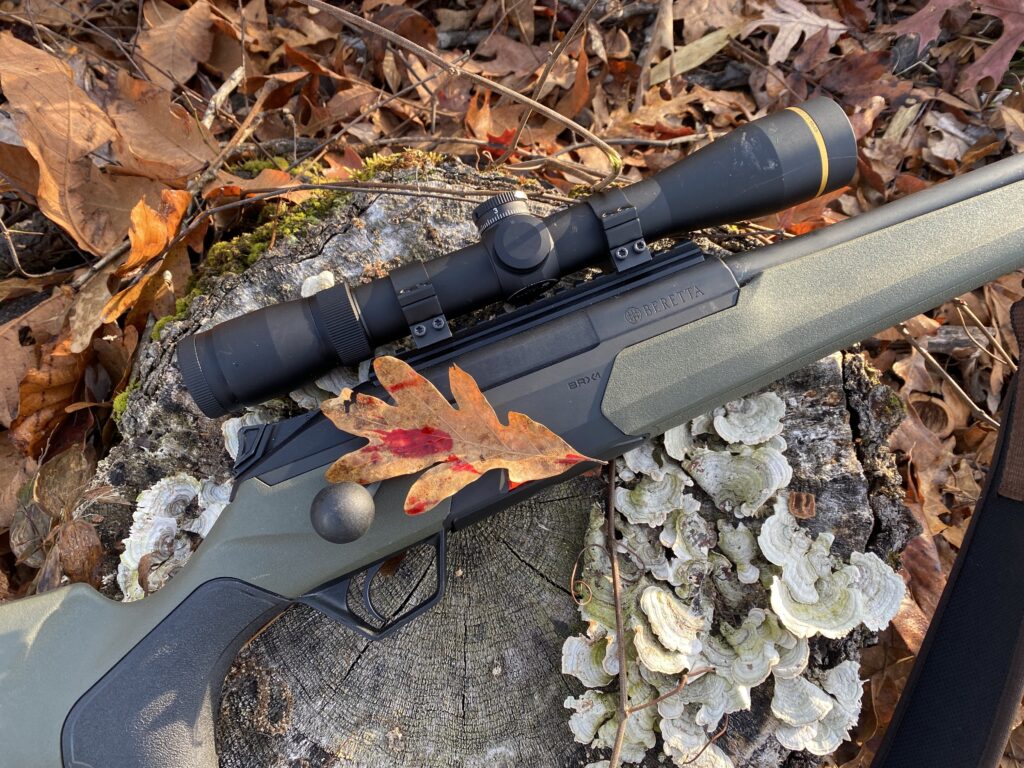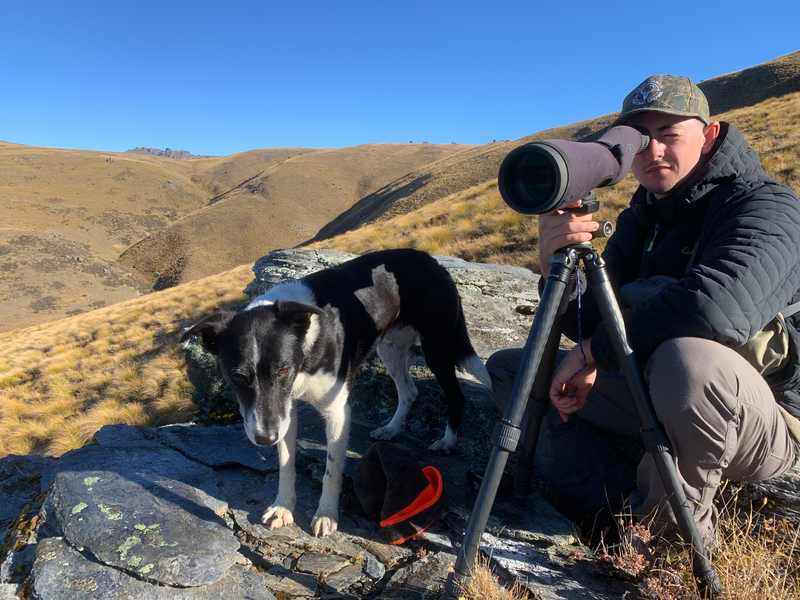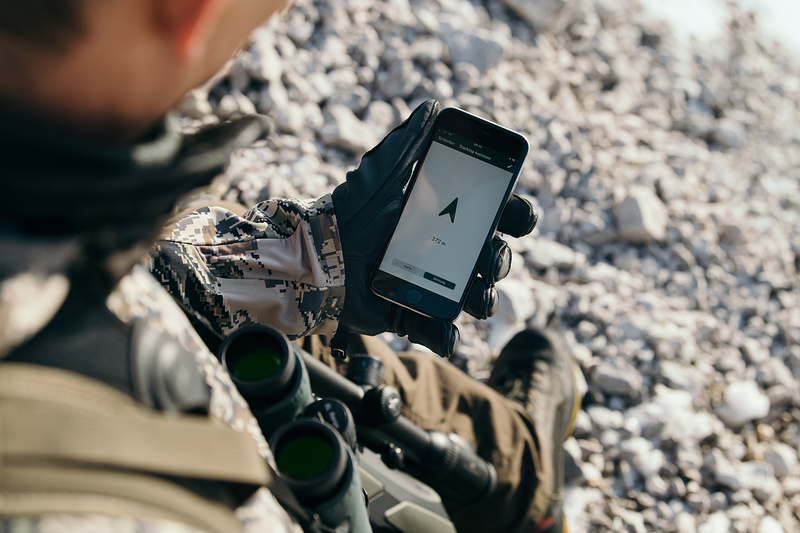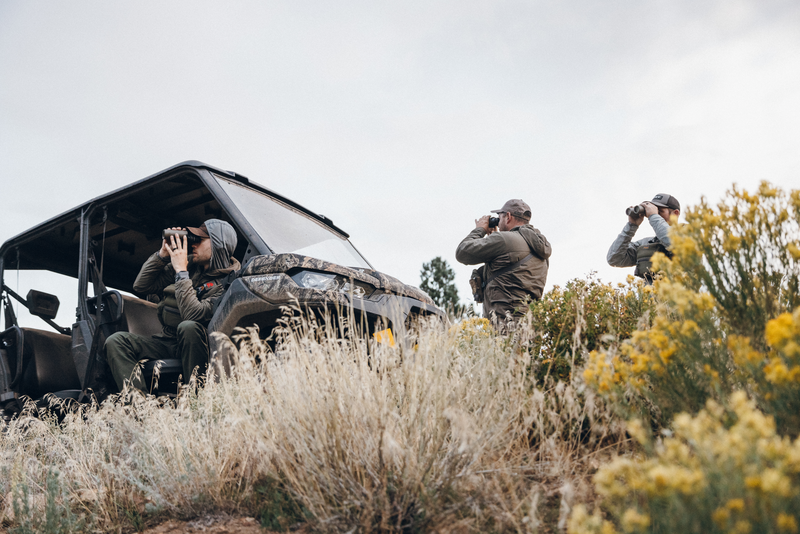Beretta Enters Modern Rifle Market With Impressive Straight-Pull BRX1
Story and photos by John Geiger, SCI Managing Editor
Beretta is known for semi-auto shotguns, over/unders, bespoke side-by-sides and excellent handguns. Until recently, their M9 was the main firearm for the U.S. military for 36 years. The company is the oldest gunmaker in the world and has continually produced them since the 1500s. Yet none specifically for hunting in any sustained, large-scale production run.
Until now.
We’ve waited more than 500 years for a hunting rifle like this from Beretta. I am here to report, the BRX1 was worth the wait.

The BRX1 is a straight-pull action rifle that handles a lot like one of their shotguns. It has several attributes popular in Europe that translate very well in the USA where I recently tried out one of the first production rifles.
This version, in .308 Win. with a 20-inch barrel, weighed in at 7 pounds. Decked out for hunting, with a 30mm Leupold VX-3HD 3.5-10x40mm scope, sling and mag, it was just under 8 pounds. The BRX1 joins several other straight-pulls on the market, including the venerable Blaser R8, Merkel Helix and Savage’s new Impulse.
It has a very European three-position safety, called handspannung, which translates from German to a “hand-tension” safety. It takes some force, which cocks the gun when you push it into the “fire” position. When you move it back to “safe,” it decocks the hammer so there’s no way the firing pin could ever strike the primer with any force, for example, if it were dropped on the buttplate.
But how does that safety and that straight-pull work for an American raised on a bolt action?
I’d say, nearly intuitively.
I have used rifles with a handspannung on big game several times. The first was with a Sako 100. I shot a running moose at 92 yards that suddenly appeared out from the woods. The first bullet stopped it, and a quick follow-up dropped it.
More recently, I shot two 50-pound hogs within 2 seconds of each other on public land in Georgia. I just finished dressing out a whitetail doe that I had taken with the BRX1, and was carrying out the meat on my back in game bags. A hog literally popped up in front of me and tore through knee-high grass 5 yards away, right to left, with another behind him. I leveled the BRX1, pushed the safety to “fire,” swung with him, fired, worked the bolt, and swung on the second. Both rolled and died within moments. There was no fumbling, no hesitation, as if I had grown up with this style of rifle. I had three game animals to carry out in one glorious morning.
LOCKING IN BATTERY
One of the first questions I had as I put my face on the stock right behind the bolt carrier was, “What keeps the bolt carrier in battery when the gun goes off?” The bolt carrier is designed so that the 8-lug bolt head moves forward into eight slots CNC’ed in the action, like an AR bolt head. Then the bolt head rotates counter-clockwise to lock in behind the action steel. It cannot move backward until the bolt is moved back, initiating a clockwise turn of the bolt head, and freeing it to slide back. Magnum calibers have a 16-lug head.

While examining this mechanism, I realized that it smoothly locks into battery and comes out of battery with little effort. With a traditional bolt action, when you move the bolt, it also cocks the gun, which gives you that resistance feel when you are operating a bolt action. This BRX1 design does not cock when you are chambering, which also helps that smooth — and fast — rechambering.
Would I have been able to get that second shot off at that running hog with one of my other traditional rifles? Semi-auto, yes. Lever-action, maybe. Bolt action, probably not.

LEFTIES WILL LOVE THIS…
Whenever a new rifle comes out, lefties say, “When will there be a left-handed version?” The BRX1 is ambidextrous in all ways, including cartridge ejection. Truly, you can switch this gun from a right-handed bolt, right-ejecting rifle to a left-handed bolt, left-ejecting rifle in 1 minute. You don’t even need special tools — a pen, punch or bullet tip will do.
I also tested out its adjustable trigger mechanism. The trigger broke just short of 2 pounds, according to my Wheeler trigger-pull scale. I removed the bolt carrier, and with a flathead screwdriver, lifted a tab on the trigger group and slid it out of the stock. There are three pull-weight positions you can adjust to: the 2-pound factory-set position, a 2 1/2-pound and 3-pound options.
This rifle is a fine one for all sorts of big-game hunting. But it really excels in closer-range with moving game, like a classic European driven-game boar or roe deer hunt. In this kind of hunting, a heavier pull, like the 3-pound setting, would help prevent inadvertent trigger pulls when you are swinging on moving game. But that factory setting just under 2 pounds has worked very well for me and this rifle.
The trigger itself, by the way, is delightfully crisp and consistent.

WHAT’S NEXT?
Beretta is known for world-class artisans in Val Trompia, Italy, where iron has been mined since the days of Roman emperors and weapons have been elevated to a highest art form. But these Berettas rarely feel a human hand until the buyer picks it up out of the box. No engraving, no hand finishing even.
I finally found an imperfection in this gun. The finish where the stock meets the action by the trigger guard is abrupt, if not sharp. I’d prefer if there had been attention to this part of the rifle by a human before it was packaged.
Some of us might not like the idea of robots doing the work that humans once did. But the mechanized and automatic process is the way Beretta keeps the price down. This rifle, in .308, is available at berettagallery.com for $1,599 and is at Beretta dealers now. Having shot many other straight-pulls, the price was much lower than I had expected.
The BRX1 has been released in a limited number of calibers: 6.5 Creedmoor, .308. and .300 Win. Mag., but you can be sure more are on the way.
The barrel is threaded at the muzzle at 5/8 x 24 for a suppressor and comes capped. The twist rate was 1:10 for my tested .308.
The composite stock is dark green. You can modify the length of pull by adding or removing spacers at the stock pad, which are the same ones on Beretta shotguns.
This gun has the very-European option to switch calibers by switching the barrel, bolthead and mag. Like the other modifications, it only takes a minute or two to do so.
Europeans (and hunters in any other place in the world, like South Africa) appreciate this option because of high taxes and restrictions on the number of firearms an individual can own. Having one gun and several calibers scratches that itch.
Americans prefer to buy a gun for each caliber, and if that’s your jam, the BRX1 won’t hold you back. The .308 would be an excellent hog, deer and coyote gun year ‘round.

Leupold VX-3HD Scope Was Just Right For This Rig
This scope was an excellent option for the kind of hunting I was doing in the winter of 2023. The illuminated reticle helped me acquire my targets quickly. It made it easy to lead the running hogs by putting the dot right below their chins.
The lenses are excellent at handling glare, plus they are fog proof, so they were clear as day when I needed them most.
I loved having the throw lever option. It makes it easy to change magnification quickly.
This scope has a simplified turret system called a Custom Dial Turret. If you send Leupold some basic info about your rifle and cartridges, they’ll send you back a new turret etched for your specific setup.
With your new turret, you can use yards rather than an app or dope sheet to dial-up your distance. If you range a target at 350 yards, for example, then dial to 3.5 and aim center mass.
The tested VX-3HD 3.5-10×40 is $499 at leupold.com. This model VX-3HD does not have parallax adjustment, but others in the line do, such as the VX-3HD 4.5-14×40 for $899.


